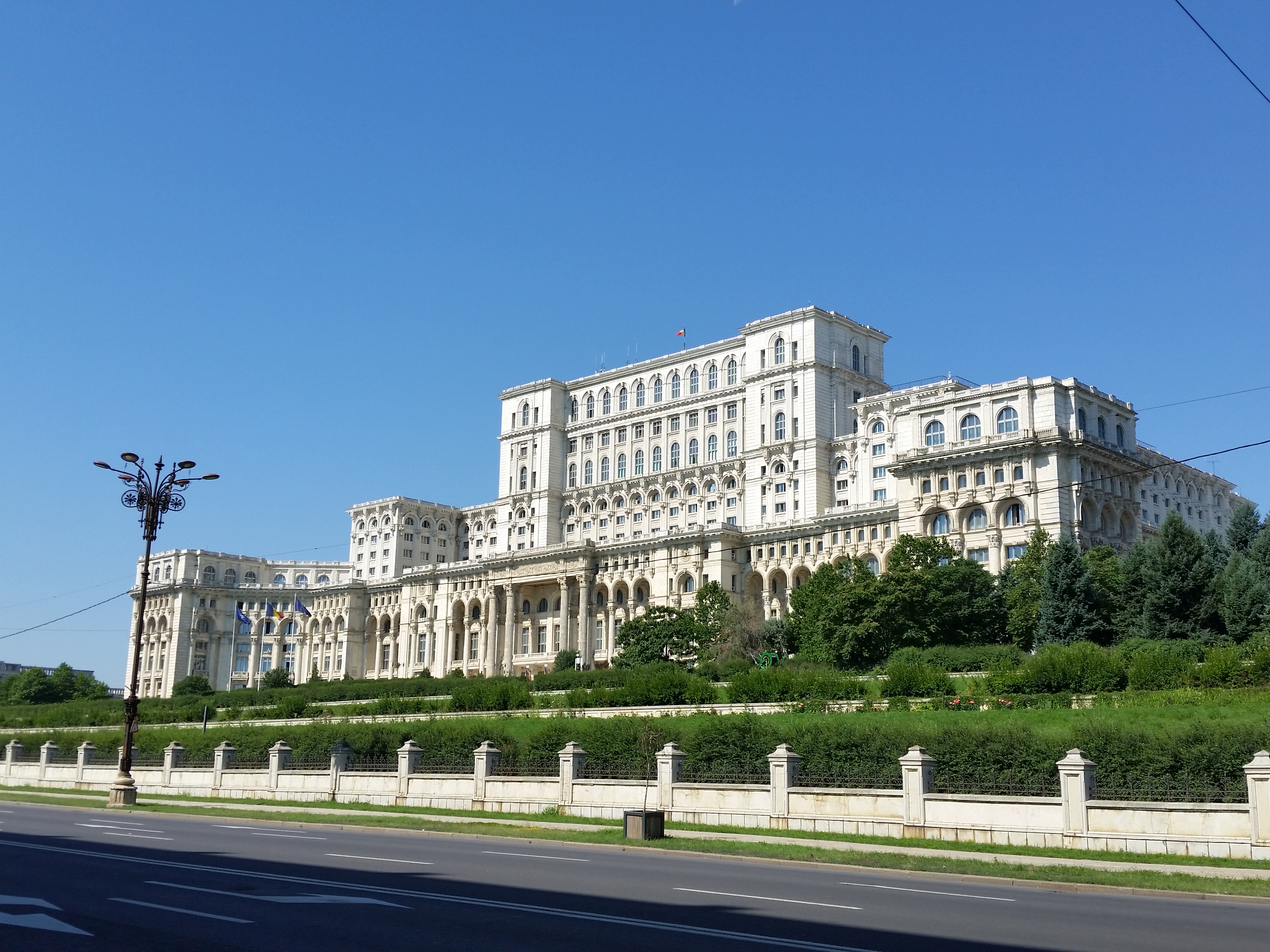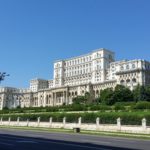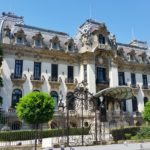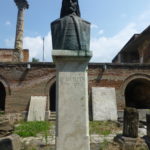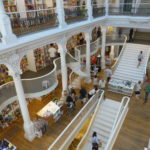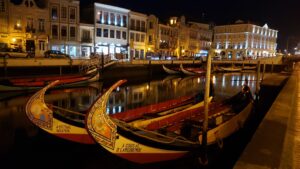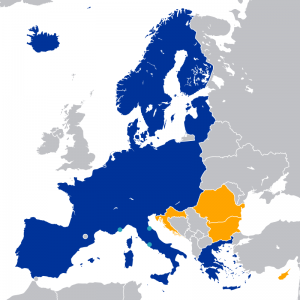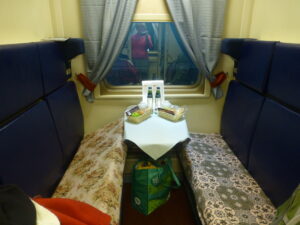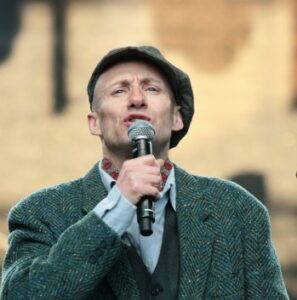In brief: Why we had a mixed reaction to Bucharest, yet appreciated some of its charms.
People are often ambivalent about Bucharest. Our group walk guide alternated between wonder and sarcasm in showing it to us, A local friend we made couldn’t stop disparaging it, though eager to demonstrate its charms as well. Perhaps the problem is the disparity between its ambitions to grandeur and its failures of leadership and vision. Much of the old town was bulldozed to create a grand imperial capital back in the 80s by the Communist leader Ceausescu; what remained has turned touristy and unappealing. He was, it seems, just updating a 19th century penchant for big projects under Austro-Hungarian rule. Elegant palaces, grandiose bank buildings and other institutions like the Post Office copied Parisian style to create some admirable sites hither and thither around the central town. The wide boulevards, open plazas, and the still delightful and spacious parks of the city can be enjoyable too. Compared to other cities in Romania, however, it just seems a little short on charm…with perhaps the exception of these sights.
One of the more charming streets in old Bucharest.
Communist leader Ceausescu’s Palace of the Parliament, second only to the Pentagon in size and the heaviest building on earth. People standing on the second floor balcony were as tiny as ants. The 1980s era building is like an iceberg: most of it is actually below ground. A huge boulevard stretches several kilometers from here through a massive central plaza and beyond, a kind of Champs Elysees. Lining the boulevard are eclectic apartment buildings once allocated hierarchically to loyal party members, with the most important of these settled close to the Palace.
An Italianate atrium street, Macca-Villacrosse, built in 1891 with 17th century style in honor of a Spaniard.
The Cantacuzino Palace on Victoria Street, in splendid 19th c Parisian Art Nouveau, now a museum honoring George Enescu, Romania’s most famous composer.
A bust of Vlad Dracul – aka Vlad son of the dragon, or Vlad the Impaler – the 15th century ruler of the southern Romanian kingdom of Wallachia (though he was born in Transylvania to the north).
Behind him is what’s left of the administrative center of his kingdom. His moniker comes from his frequent use of impaling as punishment for enemies and domestic criminals – the victim is hoisted on a pike and slowly drops on it over a number of days. Nonetheless, he was considered a good ruler, a wily defender of the kingdom against the Ottomans, and definitely a champion of order in the society. Bram Stoker re-interpreted him as the vampire Dracula, a mash-up of reality and legend. Vlad’s image – and the tourist industry in Romania – has never been the same.
CEC Bank in grand 19th century Parisian style, on Victoria Street.
Don’t miss seeing the Old Town bookstore, everyone said. Here is the delightful interior, though somewhat disappointingly the exterior was just a very plain building.
Don’t miss seeing the old Beer Hall, everyone also said. Here is the very Austro-Hungarian interior. And the local brew was pretty good too.
(Also, for more pictures from Romania, CLICK HERE to view the slideshow at the end of the itinerary page.)


